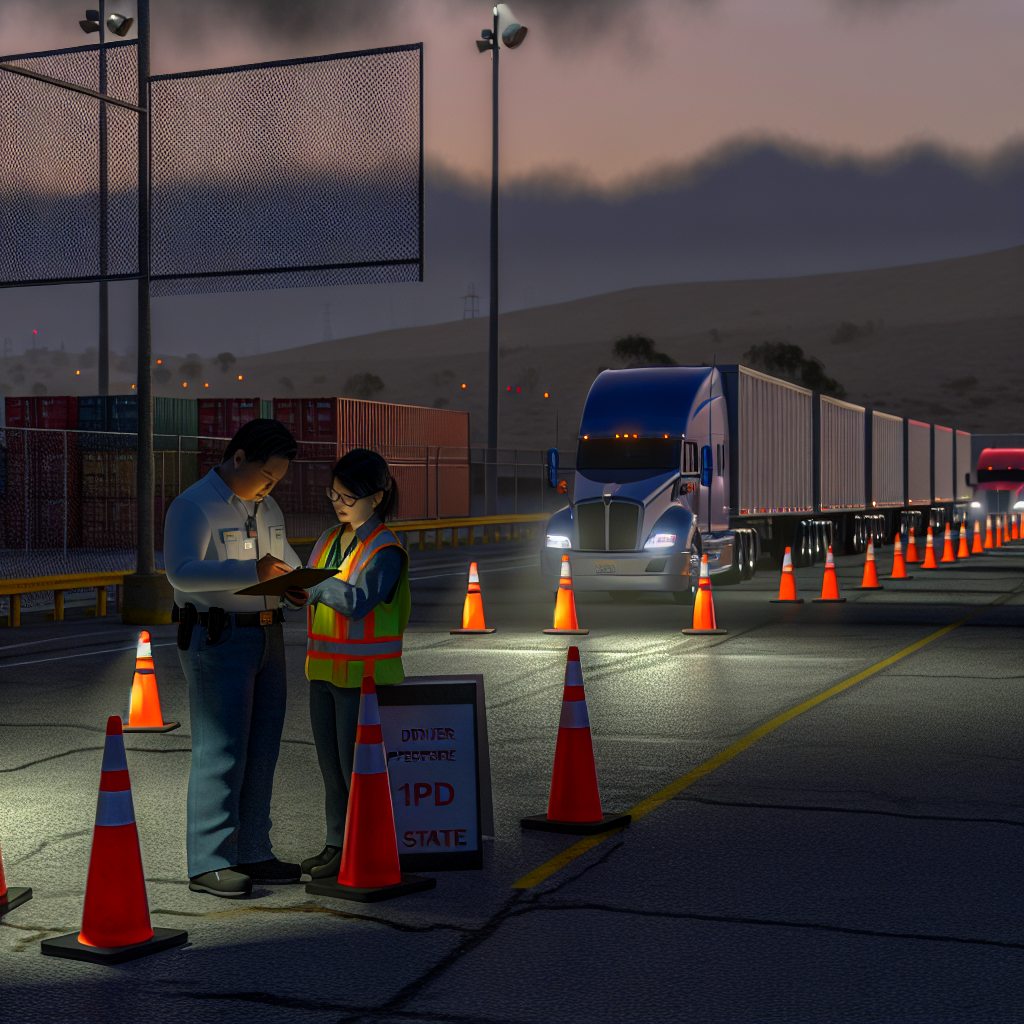California’s long‑debated independent‑contractor law is no longer just an abstraction for motor carriers. In what appears to be the first publicized AB5-related trucking enforcement, state investigators cited three firms over driver misclassification tied to last‑mile deliveries — a carrier, a major 3PL and a household‑name shipper — with total penalties of $868,128 covering 58 drivers. The case centers on the state’s finding of “joint control” over drivers by the logistics contractor and shipper, a dynamic that exposes upstream partners to liability when they manage routes, uniforms, or performance like an employer would.
Why it matters to trucking: the enforcement signals that California isn’t just scrutinizing motor carriers — it’s following the money and the operational control. If you’re a shipper or 3PL directing day‑to‑day work by contractor drivers, this action shows the state will test whether your practices cross from vendor management into co‑employment. That raises immediate risk for last‑mile networks, white‑glove delivery programs and retail big‑and‑bulky operations where contractors often work on tight scripts, scheduled windows and branded procedures.
The timing lands amid a broader compliance clampdown affecting trucking. Just this week, Transport Topics reported that a federal appeals court temporarily paused the U.S. Department of Transportation’s new limits on non‑domiciled CDLs — and DOT’s chief vowed to keep fighting for stricter licensing oversight. For fleets operating in California, that means AB5 enforcement on classification and heightened federal scrutiny on licensing are converging, creating a double‑exposure environment for audits, investigations and contract challenges.
What’s new in this California action is who bears the risk. Historically, misclassification fights tended to stop at the carrier. Here, the state’s theory of joint responsibility reaches into the commercial relationships above the motor carrier. In practical terms, if a shipper or 3PL dictates delivery schedules, requires specific appearance standards, or controls driver workflows, those provisions may be read as “control” inconsistent with an arms‑length contractor model. Expect plaintiff attorneys and regulators to lift those clauses straight from your contracts as evidence, and to seek wages, penalties and interest up the chain, not just from the carrier.
Industry analysts are already spotlighting the ripple effects. A FreightWaves audio brief on November 17 framed the California case as a precedent that could tighten capacity by pushing networks to reconfigure labor models — and as a wake‑up call for shippers and intermediaries that have treated driver management as a vendor‑handled detail. Even if spot rates remain soft, compliance‑driven changes can still tighten certain lanes, especially in dense last‑mile metros.
What carriers, 3PLs and shippers should do now in California:
– Scrub contracts and SOPs for control hooks: required uniforms, branded scripts, route micromanagement and performance directives aimed at drivers. Shift those obligations to outcomes and service‑level metrics aimed at the contractor entity, not the person behind the wheel.
– Re‑evaluate any contractor arrangements that touch your “core” business. If the work is central to what you sell, the AB5 “B‑prong” is inherently difficult to satisfy. Consider migrating those roles into employee models or using vendors that truly operate independently and at enterprise scale.
– Map your California exposure by channel: last‑mile, white‑glove, store replenishment and drayage all carry different risk profiles. Prioritize segments where branding and customer‑facing control are most intense.
– Align compliance with the federal backdrop. With licensing rules in flux and DOT signaling tougher enforcement, audit driver qualification files, subcontractor onboarding and monitoring. Even though the new federal CDL limits are on hold pending litigation, the enforcement spotlight is on — and gaps discovered during state probes often trigger federal interest.
Bottom line: California’s action makes clear that AB5 risk does not stop at the carrier’s door. If your business shapes how contractor drivers perform work in the state, assume regulators will test for joint employment — and price that risk into your sourcing, contracts and service design now.
Sources: FreightWaves, Transport Topics, Apple Podcasts (FreightCasts)
This article was prepared exclusively for TruckStopInsider.com. Republishing is permitted only with proper credit and a link back to the original source.




